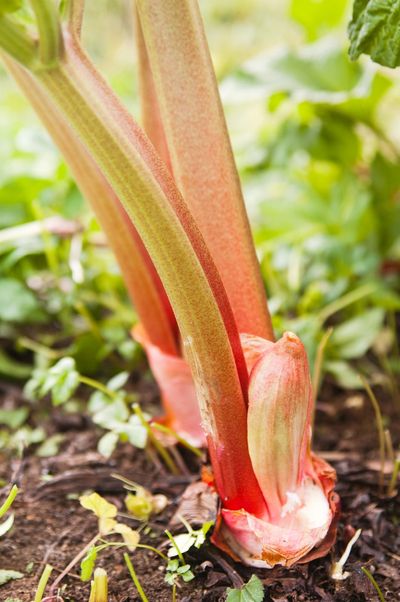About Sunrise Rhubarb Plants
Sunrise is not commonly seen in grocery stores, where most rhubarb is red. This variety produces thick, pink stalks. It adds a pretty new color to the vegetable garden, but Sunrise rhubarb uses in the kitchen include anything from pies and jams to cakes and ice cream sauce. Thanks to its thick stalk, Sunrise rhubarb is particularly useful for canning and freezing. It will stand up to these storage methods without falling apart or getting too mushy.
How to Grow Sunrise Rhubarb
Like other varieties of rhubarb, Sunrise is easy to grow. It prefers cooler weather, rich soil, and full sun, but it will also tolerate some shade and short periods of drought. Prepare the soil with plenty of organic matter, and be sure it will drain well and not leave standing water to rot the roots. Rhubarb is most often grown from its crowns, which can be started indoors or out. Transplants of at least 4 inches (10 cm.) high can go outside as early as two weeks before the last frost. Plant crowns so that the roots are 2 to 4 inches (5-10 cm.) below the soil and 4 feet (1 m.) apart from each other. Water young Sunrise rhubarb regularly, less as it matures. Use mulch to control weeds.
Harvesting Sunrise Rhubarb
To keep perennial rhubarb healthy, it’s best to wait until year two to harvest any stalks. Remove stalks once they have reached about 12 to 18 inches (30.5-45.5 cm.) in height. Either twist the stalks to snap them from the base or use shears. For perennial plants, you may be able to harvest in spring and fall but always leave a couple of stalks behind. For annuals, harvest all the stalks at the end of summer. Use rhubarb right away in baked goods and jams, or preserve the stalks immediately by canning or freezing. Only the stalk is edible; the leaves are actually poisonous, so dispose of them and keep the stalks.
